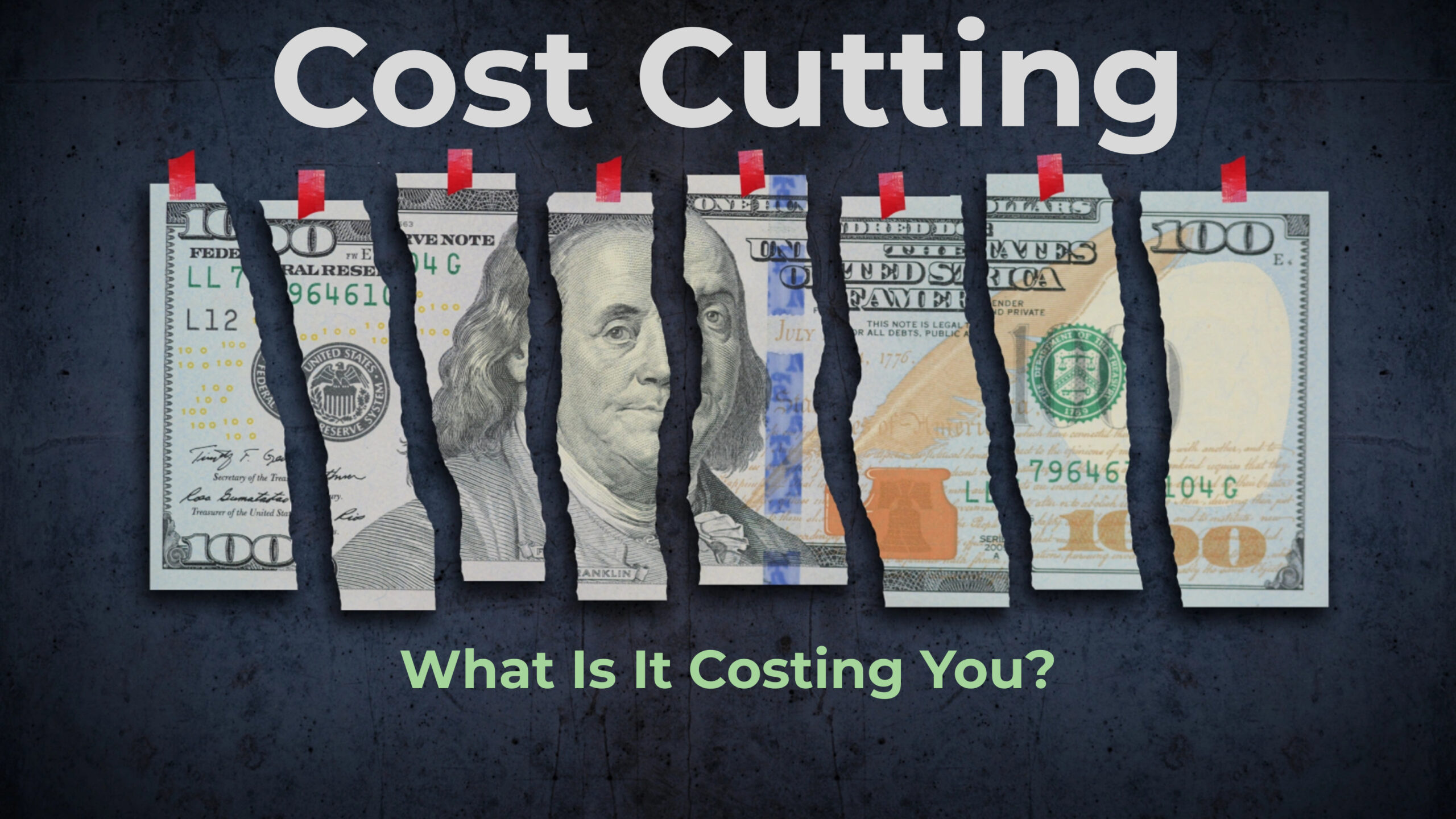Stuck in the Past: Why Big Companies Resist Tech Upgrades in a Rapidly Evolving Digital World
If you have ever logged into an online banking platform, you’ve probably noticed that they tend to have user interfaces that would fit perfectly into the early 2000s — or even the 20th century. It’s quite remarkable how some organizations still rely on systems so outdated that they almost seem comical in today’s tech-savvy world. This phenomenon raises an intriguing question: why is it that the largest companies, despite having the resources and capacity for innovation, often exhibit a remarkable resistance to upgrading their technology?
The complexity of this issue lies at the intersection of corporate culture, risk aversion, legacy systems, and the challenges of digital transformation. If you are interested in exploring this topic further, you may find this insightful article on choosing technology and the role of process and technology stack mapping quite enlightening.
Here are some key points to consider:
- Corporate culture can be a significant barrier to technology upgrades. In organizations with rigid hierarchies and bureaucratic structures, decision-making processes can be slow, making it challenging to implement changes quickly.
- Risk aversion is another factor that can hinder the adoption of new technologies in large companies. The fear of potential system failures or data breaches often leads companies to stick with outdated but familiar systems.
- Legacy systems are a common issue in established organizations, especially those that have been around for decades. These systems are deeply ingrained in the company’s processes and make it challenging to transition to newer technologies smoothly.
- Digital transformation is not just about implementing new technology; it also involves reevaluating processes and workflows. This can be a daunting task for large companies with complex systems and numerous stakeholders.
- The lack of understanding and communication between IT departments and other business units can also impede technology upgrades. IT teams may struggle to get buy-in from other departments, leading to resistance and delays in implementing new technologies.
To overcome these challenges, organizations need to prioritize digital transformation as a strategic goal rather than just a technological one. This requires a shift in mindset and culture, where innovation and adaptation are valued and encouraged. It also involves investing in training and upskilling employees to adapt to new technologies. Companies need to be open to taking calculated risks, understanding that not all technology upgrades will be successful but failure is part of the learning process. Finally, fostering better collaboration between IT departments and other business units can help bridge the gap and ensure that technology upgrades align with the company’s overall goals and objectives.
While resistance to technology upgrades in large companies may seem puzzling, it is a complex issue influenced by various factors. By understanding these factors and taking proactive steps toward digital transformation, organizations can stay competitive and future-proof their operations.
The curse of the legacy system
The term “legacy system” refers to software programs that should have passed their expiration date by most standards (because superior technology now exists, and upgrades are available). This is common among older, larger companies — they may have developed software in the 90s or early 2000’s and have continued using them because they are a “beast” or the company is convinced there isn’t a solution available to do all the current system does.
While the mechanisms behind these programs might appear comical to a tech-savvy outsider, surprisingly, they manage to fulfill their intended functions adequately. Hence, the question arises: why tinker with something that works? However, the reality is that despite seeming functional, there are underlying issues that may not be readily apparent due to proximity and familiarity.
Well, here’s why: According to a recent report focused on data and analytics, a staggering 88% of companies are facing obstacles in their endeavors to become more data-driven due to reliance on outdated legacy technologies. This challenge has resulted in billions of work hours being lost globally each year, highlighting the critical need for businesses to modernize their tech infrastructure to stay competitive in today’s fast-paced digital landscape..
Although the concept of legacy systems generally refers to software, hardware equipment faces similar issues. Many businesses hesitate to depart from familiar technology, even when newer solutions are available. This resistance can stem from concerns about compatibility, costs, or disruptions to existing workflows. So, what gives?
The larger the scale, the harder to change
At first glance, you might think it would be easier for a large conglomerate with substantial resources to undergo an expensive technology overhaul compared to a small startup. However, when considering the intricate layers of bureaucracy, legacy systems, and organizational complexities inherent in larger corporations, the reality often reveals a different story. Despite the apparent disparity in budgets, it is not uncommon to find that the agility and adaptability of smaller startups give them an advantage in navigating technological transformations swiftly and efficiently.
Larger companies have a larger workforce, making it more daunting to implement organization-wide changes that would have to involve retraining everyone. On an individual level, people are often resistant to change — especially if they’ve been working with certain software or hardware for decades. This may also mean it takes them a long time to learn and feel comfortable with a new system; while this might not sound like the end of the world on a person-to-person basis when the entire organization is reacting in this way, it results in huge losses of time and money.
Naturally, this kind of retraining can be costly, considering not only the expenses involved but also the investment needed for purchasing or updating the software. The implications of selecting inappropriate software can have significant repercussions on your business operations. For further insights, explore our detailed articles on Process mapping.
Transformations take time
Plus, if people are working around the clock, finding the time for an upgrade is tough. There has to be a window of time when the systems are down as a transition is made (especially for a transition in hardware), and staff members must be trained in how to use something. During this time, a company may be unable to communicate with clients or partners.
In some cases, it could take many months to fully write a program if it contains a lot of data, making it practically possible to switch over due to the impossibility of pausing all operations for that long.
Furthermore, given that a company originated a software piece in the 1980s, it is highly likely that a substantial portion of the subsequent processes developed by the company have gradually intertwined with that original software system, forming a complex network of dependencies. This interconnection highlights the significance of legacy systems and the challenges they pose for modernization efforts.
This is why banks often face hurdles. They may have relied on a single program for managing customers’ transactions and accounts, and any modifications to this core system could potentially lead to severe disruptions and unforeseen consequences.
Fears of failure
Given the factors outlined above, it’s clear there’s a lot that can go wrong when you’re upgrading tech. And many companies have a “transition-gone-wrong” story or two — maybe they lost data while transitioning, couldn’t work properly for a week, or chose a program that didn’t even work.
Once an upgrade goes wrong once, it will generally make an organization even more resistant to change. However, all this failure shows is how important it is to get things right by following proper processes, planning out everything in advance, and making sure you don’t cut any corners. That’s why it’s sometimes necessary to enlist help.
It’s never too late to change
While bigger and more established organizations might find it more difficult to upgrade their technology, it can still be done. Given the scale of the transformation, the best way to get results is by bringing a third party on board to help. Do it right the first time or you will regret it, process map your current state. Let us help you with your technology transformation.
So, the next time someone asks “why not just upgrade?”, you’ll have a detailed answer that explains the complexities involved in modernizing legacy systems on a large scale and highlights the importance of proper planning and execution. With the right approach and support, businesses can overcome these challenges and successfully embrace modern technologies to drive their digital transformation forward. By staying informed about the latest tech trends and being proactive in updating their systems, businesses can position themselves for success in today’s ever-evolving digital landscape. Don’t let outdated technology hold your business back; instead, see it as an opportunity to move your business forward and stay ahead of the competition. Embrace change, plan carefully, and work with experts who can guide you through the process for a smoother transition to modern technology. It’s never too late to upgrade and adapt; in fact, it may be the key to future success.
We’re used to carrying out seamless changes in technology that look after your processes, people, and customer experiences along the way. To find out more, book a no-obligation consultation today.







